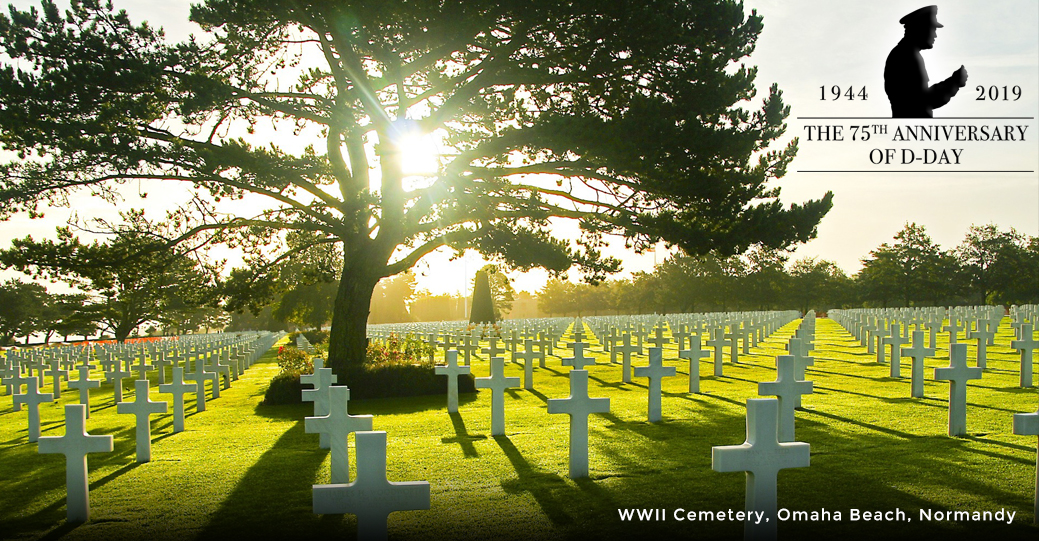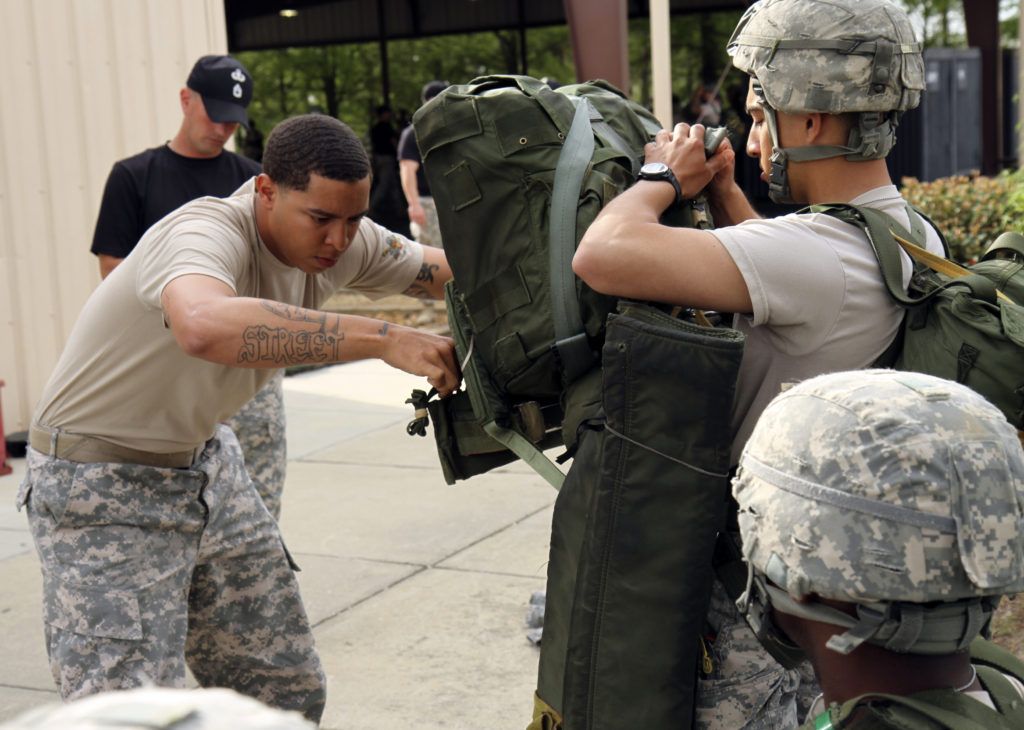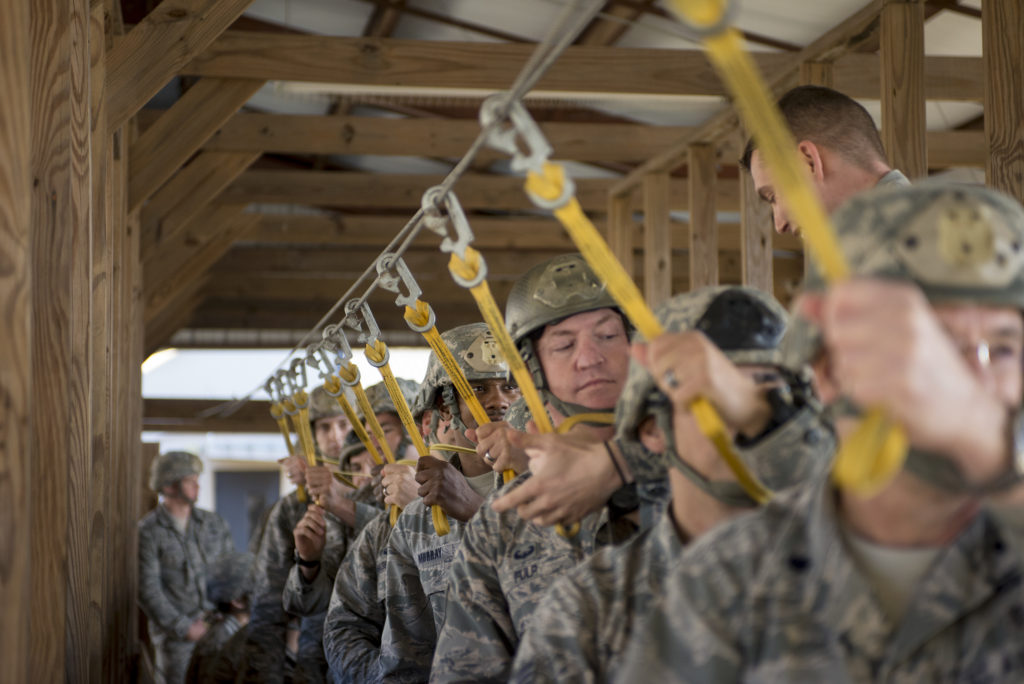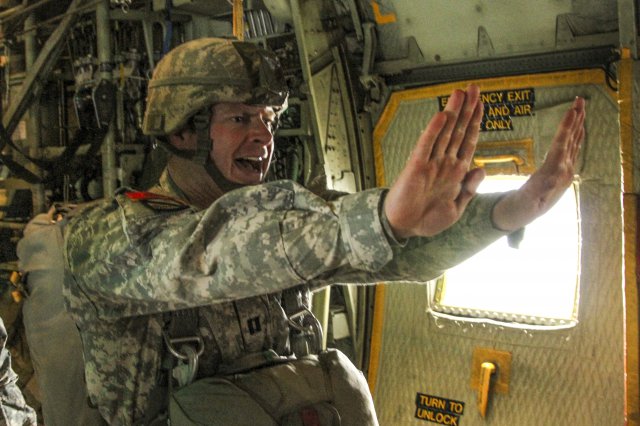This week we celebrate the 75th anniversary of D-Day. Despite many challenges the Allied invasion was successful and turned the tide of WWII. Thousands of brave men participated in this operation to include multiple US Army Airborne Divisions. Paratroopers actually jumped into France the day before D-day to secure critical roads, bridges, and other strategic objectives. Their bravery, valor, and courage contributed greatly to the success of the invasion. The 82nd was one of those units.

All The Way Leadership! lineage is from the 82nd
My leadership lineage began at Fort Bragg North Carolina. The Army assigned me as a brand new Army Infantry Officer in the 82nd Airborne Division. My job title was rifle platoon leader, and one of my roles was serving as a Jumpmaster. A Jumpmaster’s job is to make sure all the paratroopers aboard the planes exit the aircraft safely so that they can land and complete their assigned mission. Jumpmasters play a critical role in every airborne operation. It is expected that all leaders in the 82nd become Jumpmaster qualified, and serve in that role. I learned a lot as a Jumpmaster. Below are the top three leadership lessons learned in the 82nd.
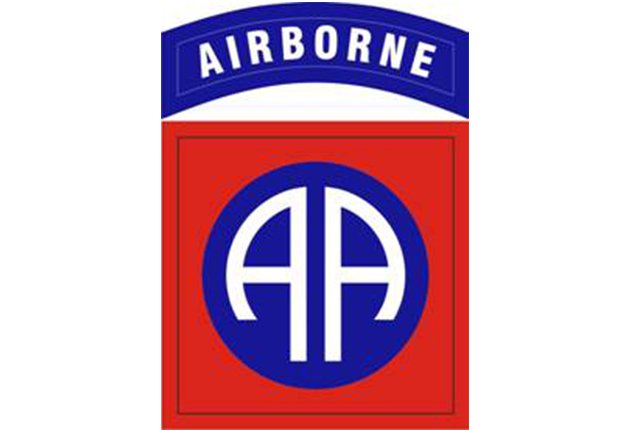
1. You must master your craft
The title Jumpmaster says it all. You are expected to become a master parachutist. Jumpmasters are required to complete intense special training to earn the title. The training includes multiple hands-on tests during which you have to clearly demonstrate you know your stuff. I remember being extremely nervous before one of my exams because so many students did not pass it. Once you complete that training, you are required to serve as a Jumpmaster on a regular basis so that your skills stay current.
You will get better over time
As they mature, Jumpmasters become experts in airborne operations. They usually earn special awards (e.g., the Senior Parachutist Badge) to recognize their expertise and experience. It is important that you master your craft over time. Become the best that you can at whatever it is you decide to do. Don’t be satisfied with just getting by. As a leader, you are expected to be an expert. Don’t let your team down. They deserve a leader who knows what she is doing.
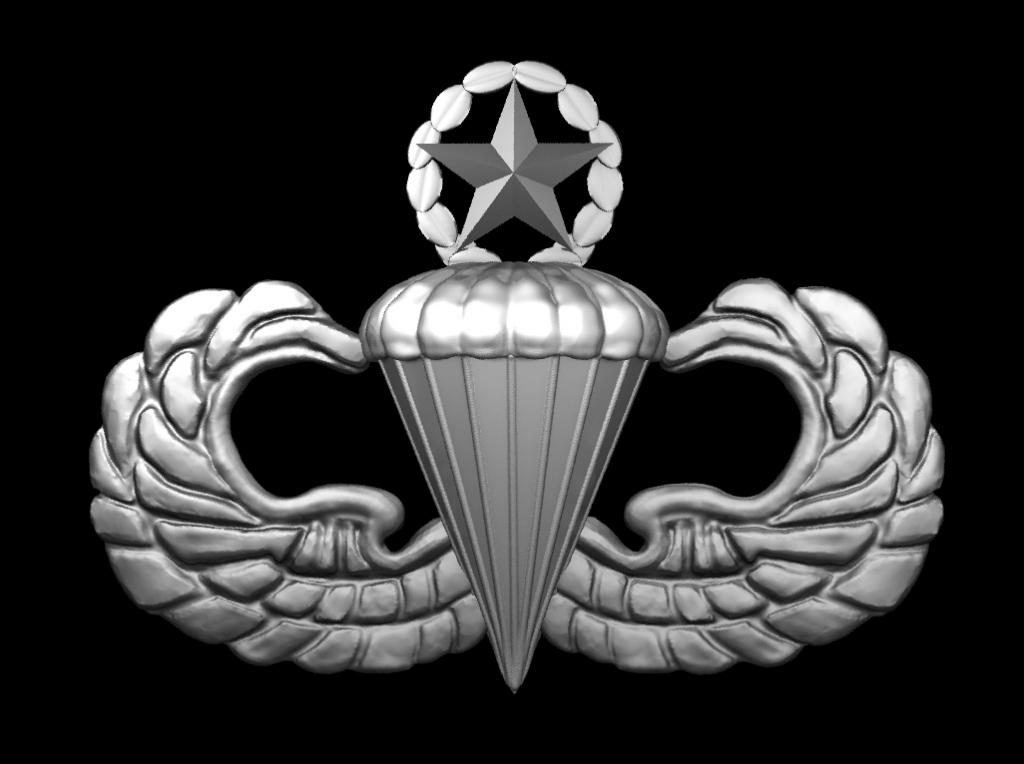
2. Realistic rehearsals enhance execution
Before every airborne operation Jumpmasters walk everyone that is jumping that day through several realistic rehearsals. The first rehearsal takes the paratroopers through the steps involved when jumping. As the Jumpmaster talks, the paratroopers simulate exactly what will happen to them during the jump. The rehearsal also covers things that could happen such as your parachute does not open, or you have to land in the trees. In case you are wondering – tree landings are scary. Next, everyone practices landing…BTW it usually hurts when you land. Sometimes a lot.

(U.S. Army photo by Spc. Michael J. MacLeod, 1/82 AAB, USD-C)
Rehearse the details as much as possible
After that, all jumpers practice “actions in the aircraft” as a group. During this step, you rehearse in detail everything that happens in the air on the ground. The reality is that everyone has jumped before. You are not teaching anything new. Rather, you are practicing so that every jumper knows exactly what they are supposed to do once you get in the air. No one wants any surprises in the aircraft. If there are issues during rehearsal it will only get worse in the plane.
Be prepared for when things go wrong
I have jumped over 50 times, and I can tell you that all these rehearsals work well to enhance execution. On more than one occasion something went wrong in the aircraft, or during the jump. For one operation the Air Force pilots flew along the edge of the drop zone thinking that the wind would blow us over the target. It didn’t. In fact, the opposite happened. Every jumper was forced to land in the trees. After exiting the aircraft, I gave the pilots a middle finger salute thanking them for their incompetence and then executed all the steps required for a successful tree landing. That one hurt.
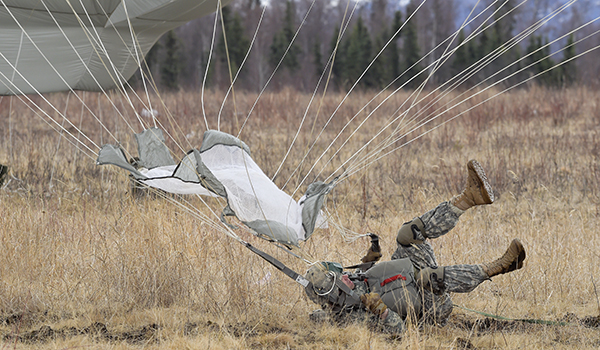
Realistic rehearsals are key to success
I recommend that you use realistic rehearsals to enhance execution with your team, especially before major events. Practice every step as realistically as you can. It will pay dividends. I know from my own experience that rehearsing before any presentation is a really good idea. It prevents gremlins from showing up. If there is one key lesson the 82nd Airborne Division learned on D-Day it is that things never go as planned.

3. Leadership confidence calms fears
Jumpmasters are trained to be calm at all times in the aircraft. Your job is to set an example for the paratroopers to follow. Jumping out of a perfectly good plane at 800 feet with over 50 pounds of equipment, usually at night, is not a natural act. In case that does not scare you – every piece of equipment used in the operation, to include the plane, was built by the lowest bidder. It makes perfect sense for everyone to have fear and/or anxiety as you prepare to jump. I know that I was nervous during every jump I ever made. Anyone who tells you otherwise is either lying or crazy.
Rituals help with anxious moments
To counter this fear, the Jumpmasters guide the paratroopers through a series of steps using loud and clear commands. The way it works is that the Jumpmaster yells the commands to all the jumpers along with a visual signal. The paratroopers all echo back the command indicating they heard it and then perform the action. These steps are completed so that everyone is ready to jump when the doors open. Once the doors open, the Jumpmaster inspects it and gets the first jumper ready. The pilot will turn on the green light and everyone exits the aircraft. It sounds simple, but it can be scary. Reality definitely hits you when the doors open and the light turns green. No time for fear at that point.
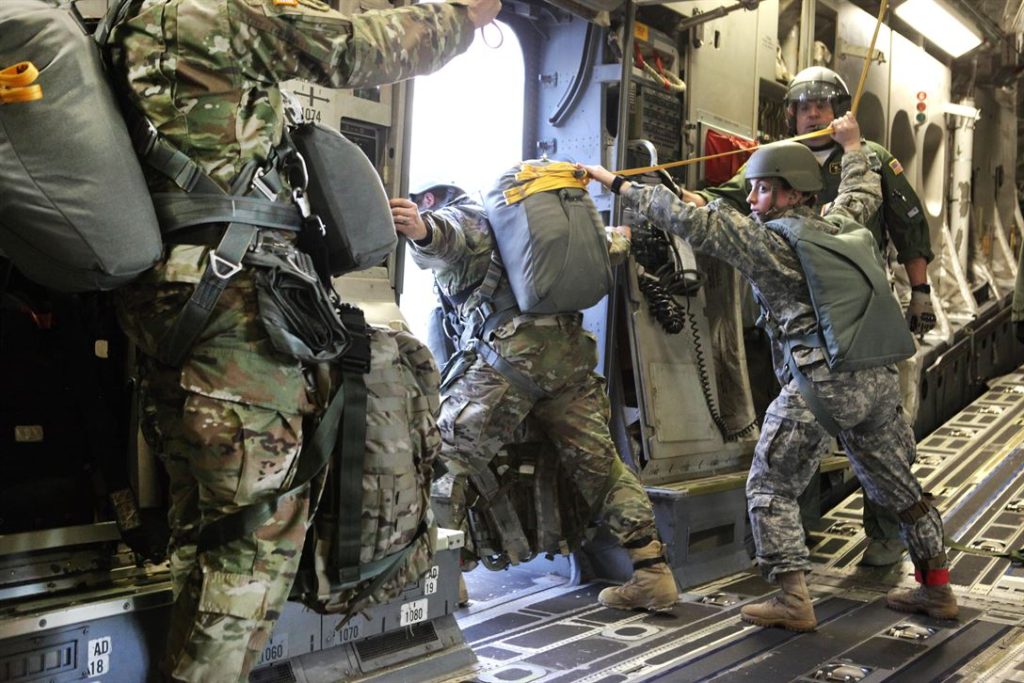
An effective leader knows how to control his fear
The final lesson to learn from this old Jumpmaster is that it is okay to have fear. What you do with that fear is important. If you master your craft and conduct realistic rehearsals, then you will have the confidence needed to overcome any fear. You will be able to jump when the time comes. If you neglect these lessons then do not be surprised if you are scared when it matters most. Instead of being at the top of your game, you will be worried about anything and everything possible going wrong. Your team will sense your fear and perhaps respond likewise, which is bad for everyone. Avoid that scenario. Do your part as the leader. Control your fear.
ATW! is designed to make you a better leader
I hope you join me on this journey to raise up the next generation of leaders. The world is in desperate need of more great leaders. Women and men who lead with confidence, clarity, and creativity. It’s time to become the leader that your world needs. Let’s go All The Way!
